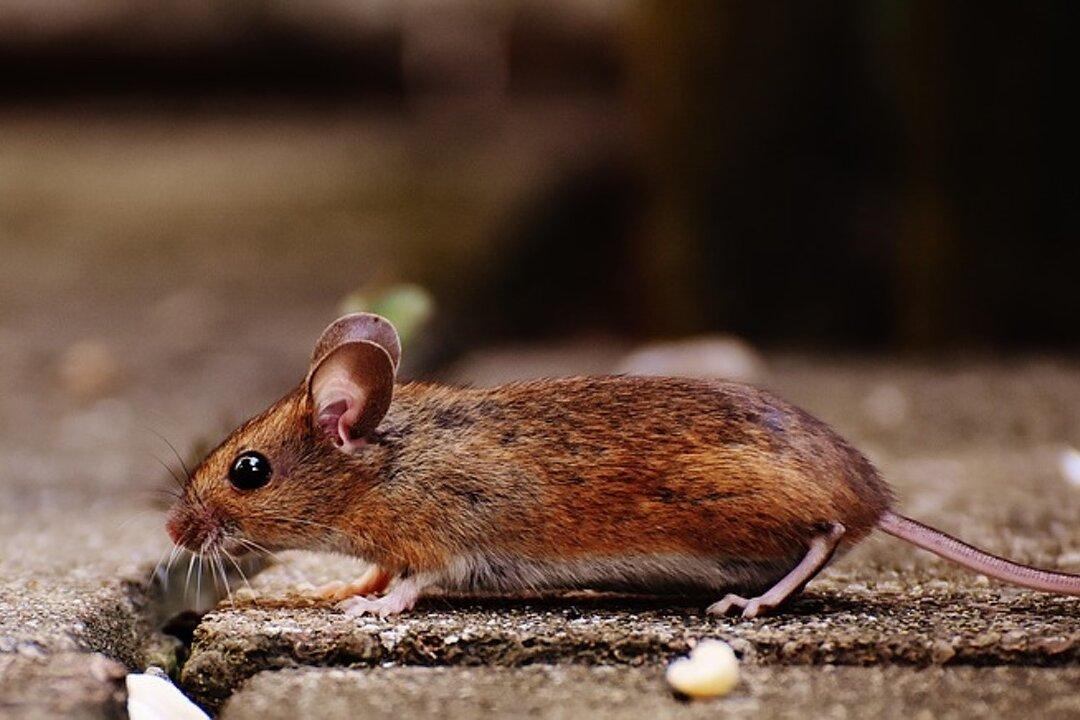Michigan health officials have announced the state’s first confirmed case of a human infection by the rodent-borne hantavirus, which causes a potentially deadly pulmonary illness with symptoms similar to COVID-19.
The Michigan Department of Health and Human Services (MDHHS) confirmed in a release that an adult female in Washtenaw County was recently hospitalized with hantavirus pulmonary syndrome (HPS), which is caused by the Sin Nombre hantavirus.





